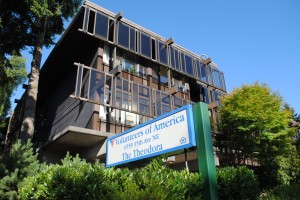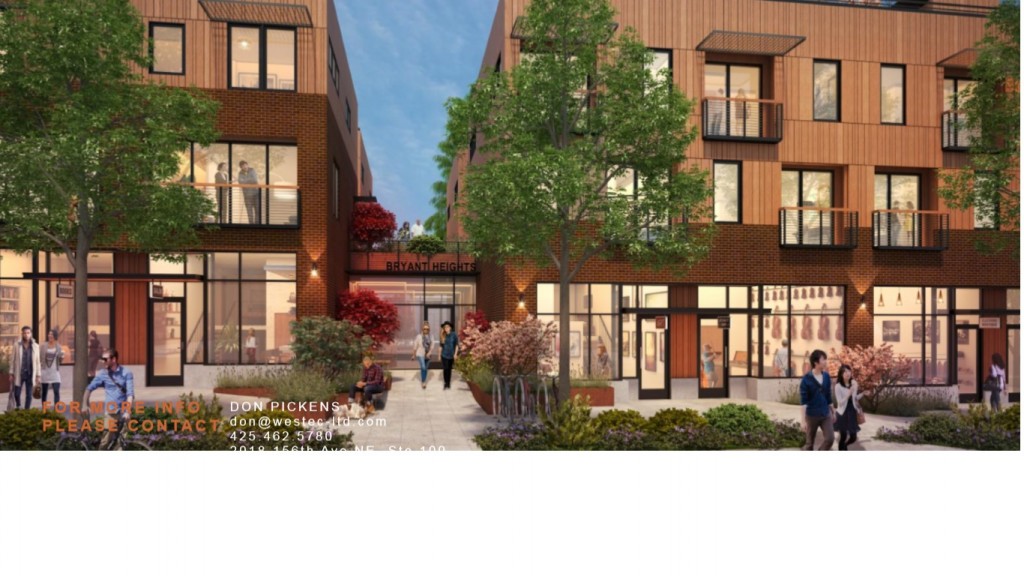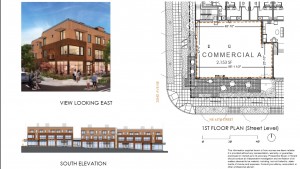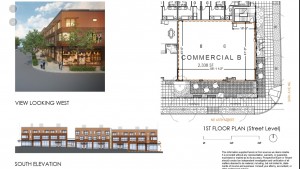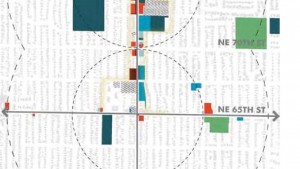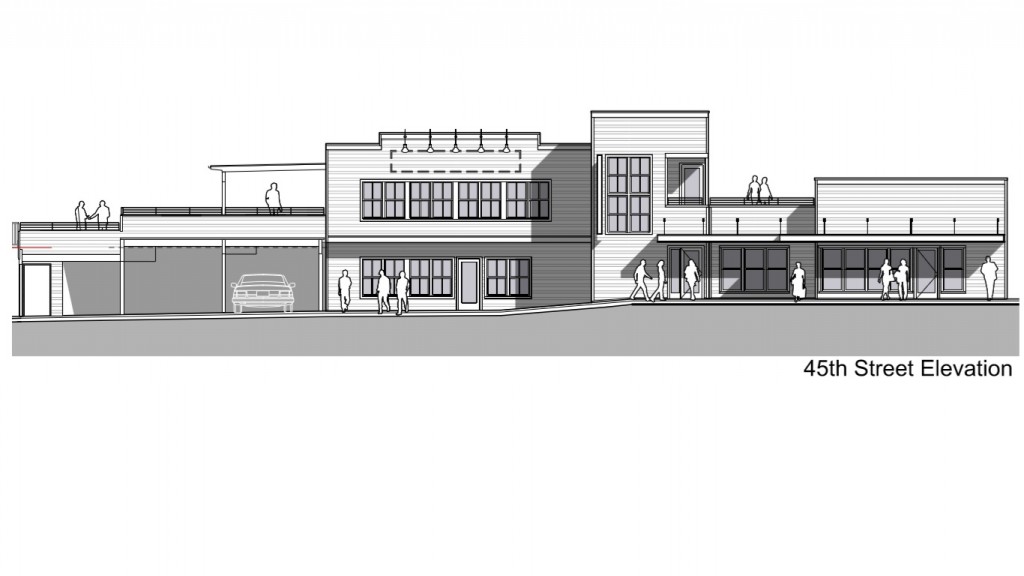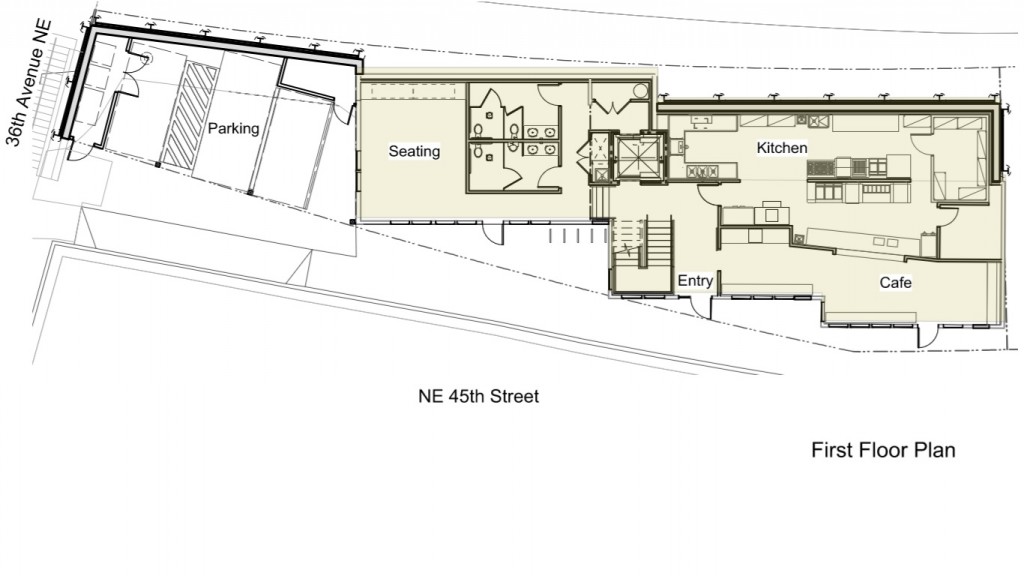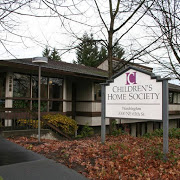By j. Andrew Miller
RBCA Land Use Committee Chair
For many years, the Ravenna-Bryant community has been an active participant in the Roosevelt Neighborhood’s Neighborhood Plan and its resultant Legislative Rezone, which is now (hopefully) in its final steps in front of the Seattle City Council.
As Land Use Committee Chair, I have a hand in shaping and implementing the views of the Ravenna-Bryant Community Association (RBCA) with regard to land use issues within our community and in the adjacent neighborhoods. Many neighborhoods share similar challenges and interests, but the Roosevelt Neighborhood Plan is one of those long term, encompassing issues that affect both the fabric of its own community and the daily lives of many of us in Ravenna-Bryant. It has taken this plan five years since its submission to the City to get it to its final step, the Seattle City Council. Without the focus, determination, and persistence of the hundreds of concerned citizens, it would likely have taken much, much longer.
That said, we still have some final steps and we need to call upon our Ravenna-Bryant neighbors one more time.
We need you at a meeting this coming Monday evening. It is one of the most important meetings in the life of this Neighborhood Plan process. Please attend as a demonstration of the importance of this issue to our neighborhood. Even if you choose not to speak, your presence alone will send a message to the Council.
Seattle City Council
Committee on the Built Environment
Public Hearing on the Roosevelt Neighborhood Rezone
6 PM Monday, September 19
(Speaker sign-ups start at 5:30 PM)
Roosevelt High School Auditorium
1410 NE 66th St
If you would like some additional background, and more information on the hearing itself, please read on.
A Very Brief History
By all appearances, the original Roosevelt Neighborhood Plan (1999) was considered intelligent, vetted, and well received by the City. In 2005, after successful lobbying to have the planned Light Rail station moved a few blocks closer to the core of the Roosevelt neighborhood, the neighborhood proactively embraced the need for increased density as a result of the new, mid-node transit station. Receiving their density targets from Sound Transit with oversight from the City of Seattle, the neighborhood sprung into action to embrace its future while maintaining its local character, mores, business core, and other important neighborhood characteristics. They did not shrink from their obligations: They embraced them and acted on them, resulting in the 2006 Roosevelt Neighborhood Plan Update.
By all outside appearances, the Roosevelt neighborhood stands as an example of well intentioned citizens who provided a plan that accounted for everything requested and completed its tasks years ahead of schedule – a role model for other neighborhoods in the City of Seattle.
Seattle’s Department of Planning and Development (DPD), approximately five years after submission by the Roosevelt neighborhood, provided a Legislative Rezone analysis and decision which concluded with a Determination of Non-Significance (DNS). There was a subsequent appeal period which expired in May 2011: No one appealed.
After the DNS, the next reviews in the City process are reviews by the City departments of Law, Finance, and the Office of the Mayor. It was at this time that the Mayor, without consultation with the neighborhood, and without all the vetting that normally happens during the Neighborhood Plan process, directed DPD to rework their analysis raising the blocks south of Roosevelt High School blocks an additional 20 feet and raising blocks between Roosevelt Way NE and 12th Ave NE, between NE 64th St and a half block north of the QFC, an additional 20 feet. DPD issued a new analysis and a new DNS and this package — also known as the Mayor/DPD Plan from June 2011 — is what the City Council is reviewing.
I like to point out three critical things. First, though his approach seems at odds with his campaign platform, the Mayor has the right to do what he did. Second, the Mayor cited no density target that he was trying to achieve which is actually the root of a Neighborhood Plan; a goal or target. Finally, what the Council is currently reviewing is NOT the Roosevelt Plan from the past 5 years; it is the Mayor’s Plan from June 2011.
So if you say you support the ‘current plan’ you would be endorsing the Mayor’s re-engineering of the Roosevelt Neighborhood, you would not be advocating Roosevelt’s Plan for their future.
Roosevelt decided, rather than fight the injustice of the Mayor tossing out all the years of effort, to choose a more positive path. The Roosevelt neighborhood believes, as I strongly believe, that only the neighborhood itself understands the places and spaces that it values, the patterns that exist, characteristics that make it a unique neighborhood, and consequently how to best grow and evolve when presented with growth targets from the City.
Roosevelt’s response in August 2011 was to create a ‘consensus group’ which was a small group of people representing different interests in Roosevelt. The task of the group was to study and propose a way to achieve the ‘accidental’ growth target that the Mayor created while maintaining the elements that make Roosevelt unique.
In the end, the consensus group not only met with Mayor’s target but surpassed it. This is now called the Sustainable Livable Roosevelt Plan (SLR). The Roosevelt neighborhood will be advocating that the Council approve the SLR.
The RBCA Position
The RBCA Land Use Committee takes the position that a neighborhood, such as Roosevelt, with a history of embracing density and change through the City-prescribed Neighborhood Plan process, should be able to decide the manner in which it grows as long as it meets the City’s requirements (e.g. growth targets and processes). Further to the point, The Roosevelt Neighborhood Association (RNA) is the only party to the legislative rezone process that is tasked with creation of a Neighborhood Plan that provides for growth while maintaining the neighborhood’s values, characteristics, established patterns, and other important elements of this mature Seattle neighborhood.
Our Roosevelt neighbors, with significant assistance from the Ravenna-Bryant community, have demonstrated amazing persistence, patience, and intelligence in the effort to have the City Council finally tackle the Legislative Rezone that was submitted to the City in 2006. In terms of how the Roosevelt neighborhood adjoins our predominantly single family neighborhood, we maintain the opinion that the intersection of 15th Avenue NE and NE 65th Street is a gateway intersection and that the front door to our neighborhood should be no more than 40’ in height.
Expected Meeting Procedures
This coming Monday, September 19, at 6 PM, the Seattle City Council will hold a public hearing at Roosevelt High School Auditorium. This hearing is designed to provide an opportunity for the public to comment on the Roosevelt Legislative Rezone. When you get to the meeting area, be sure to sign in on the list to speak. The list is usually at the door.
Each speaker will be allowed approximately two minutes. You can read your message or speak spontaneously. Written comments will also be collected or you may email or send comments directly to the City Council Members at a later date. The meeting is expected to last until 9pm, but you do not need to attend the entire meeting.
There will be a presentation at the beginning of the meeting that will include an explanation of how the Neighborhood responded to the Mayor’s call (June 2011) to increase density (once again) in Roosevelt. Again, the result of the neighborhood’s recent update is called the Sustainable Livable Roosevelt Plan (SLR).
For those that would like more information on the Sustainable Livable Roosevelt Plan, including a map of the rezoned areas and matrix of the specific differences between the Mayor’s/DPD’s plan and the SLR Plan, visit this page of the Roosevelt Neighborhood Association’s website.
j. Andrew Miller
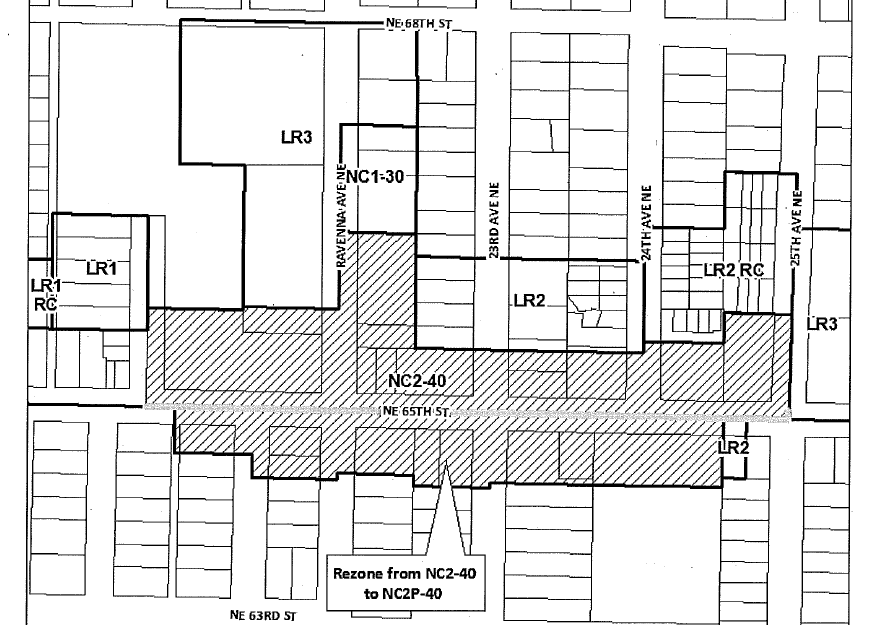
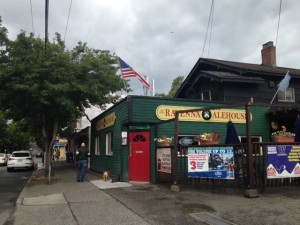 Commercial Pedestrian up to 4 stories high. Typical land uses in NC2 zones include medium-sized grocery stores, drug stores, coffee shops, customer service offices, medical facilities, and apartments. Non-residential uses typically occupy the street front.
Commercial Pedestrian up to 4 stories high. Typical land uses in NC2 zones include medium-sized grocery stores, drug stores, coffee shops, customer service offices, medical facilities, and apartments. Non-residential uses typically occupy the street front.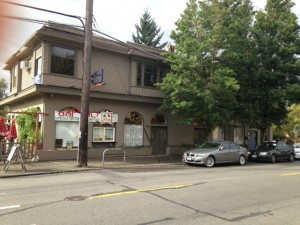
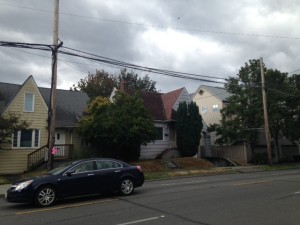 The Ravenna Alehouse and the building that houses daPino, Vitality Pilates, and Thrive Art School are examples of buildings that are 1 and 2 stories tall but could be up to 4 stories according to current land use designations. They both fit in with the pedestrian zoning designation since no residential uses exist on the first floors and windows face NE 65th Street. However, if the land to the east of the alehouse is ever developed, a parking lot abutting the street front would not be allowed.
The Ravenna Alehouse and the building that houses daPino, Vitality Pilates, and Thrive Art School are examples of buildings that are 1 and 2 stories tall but could be up to 4 stories according to current land use designations. They both fit in with the pedestrian zoning designation since no residential uses exist on the first floors and windows face NE 65th Street. However, if the land to the east of the alehouse is ever developed, a parking lot abutting the street front would not be allowed.
